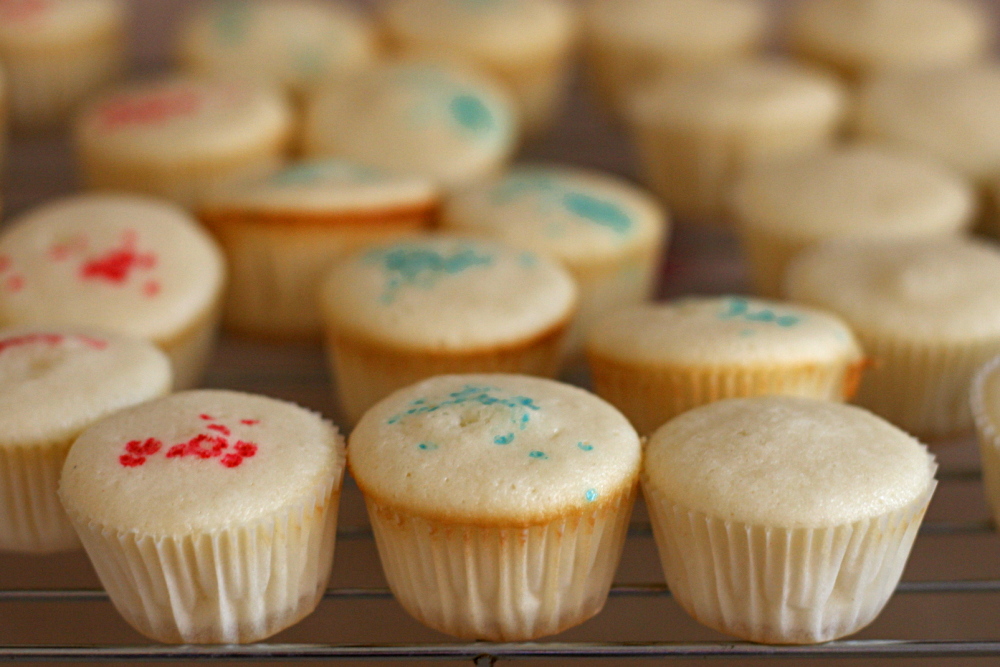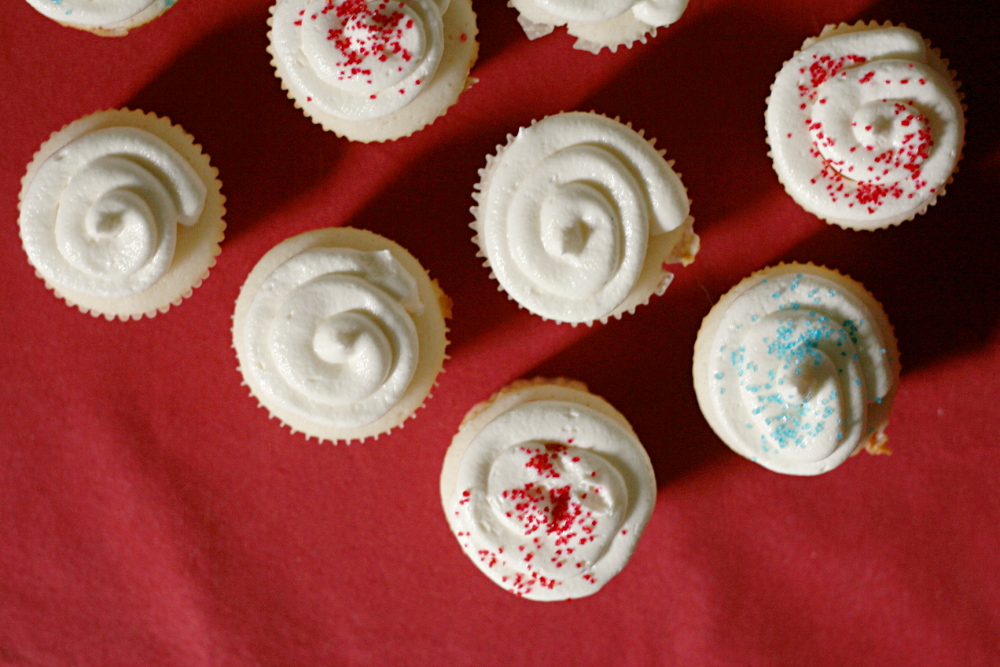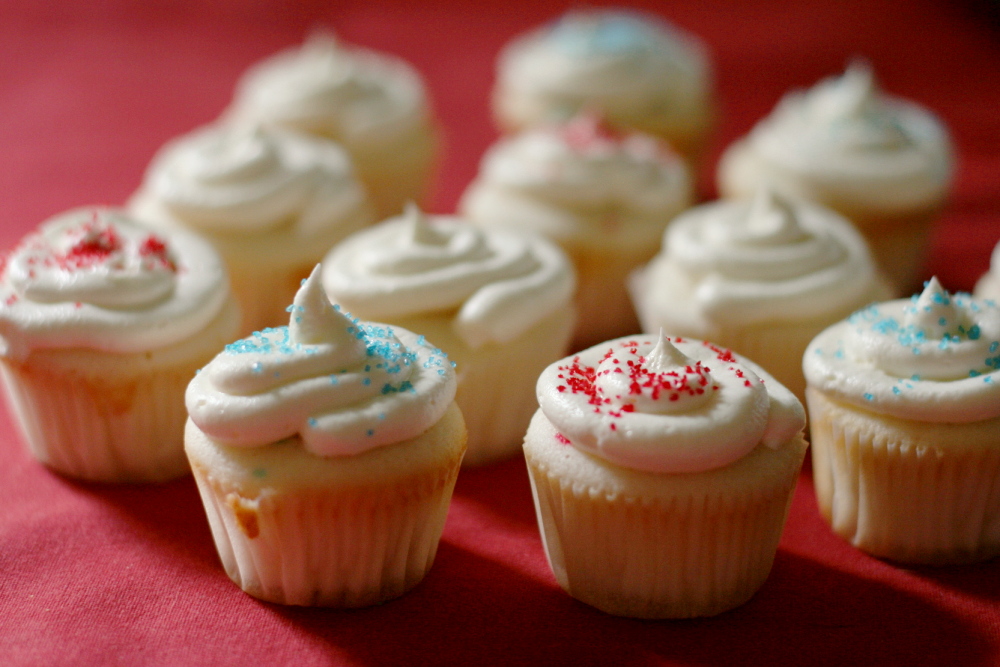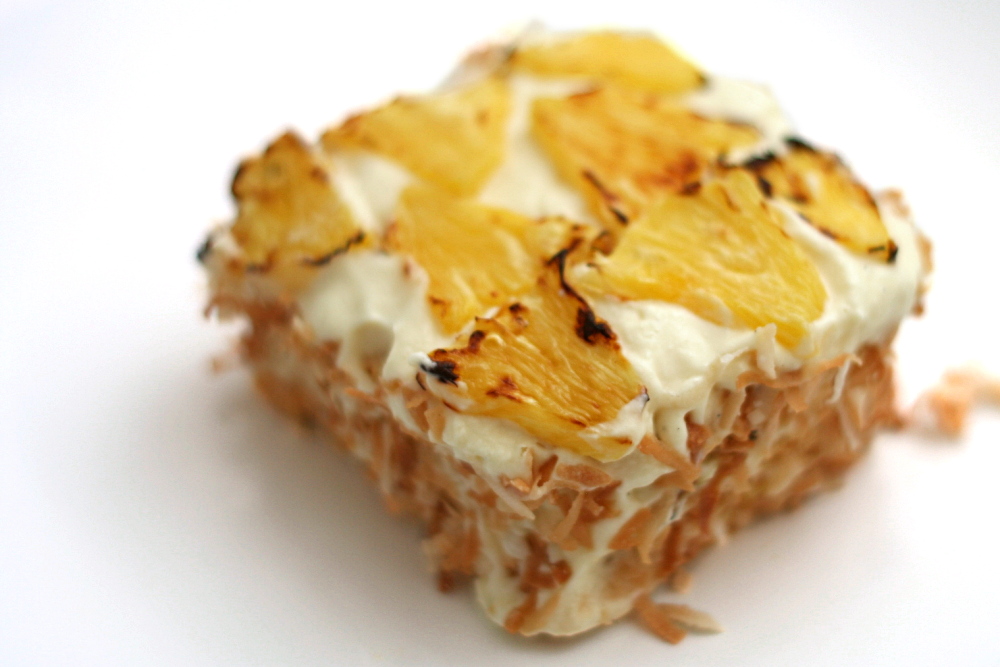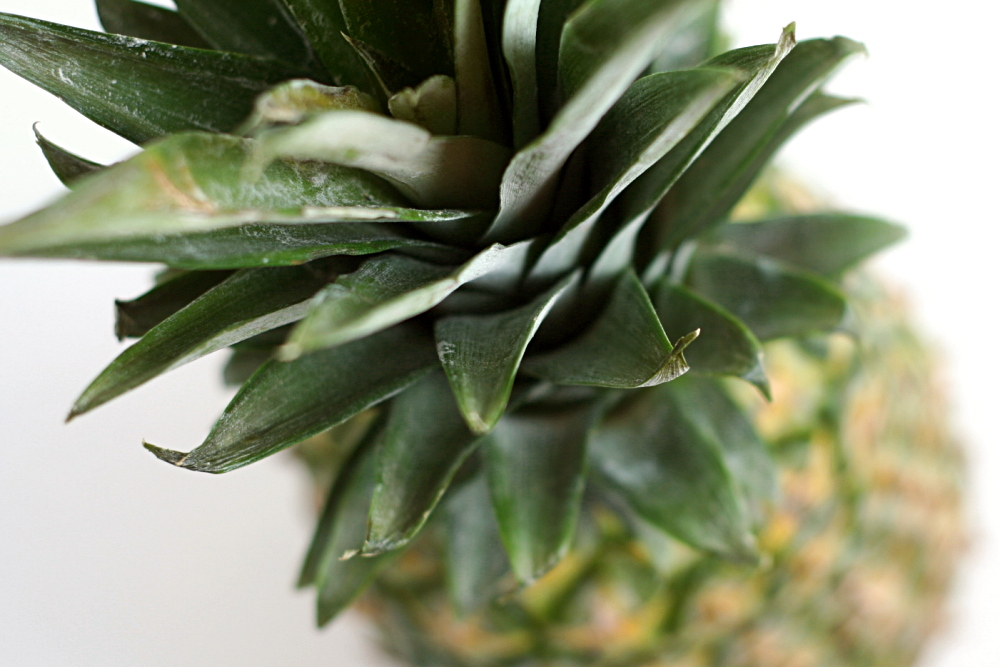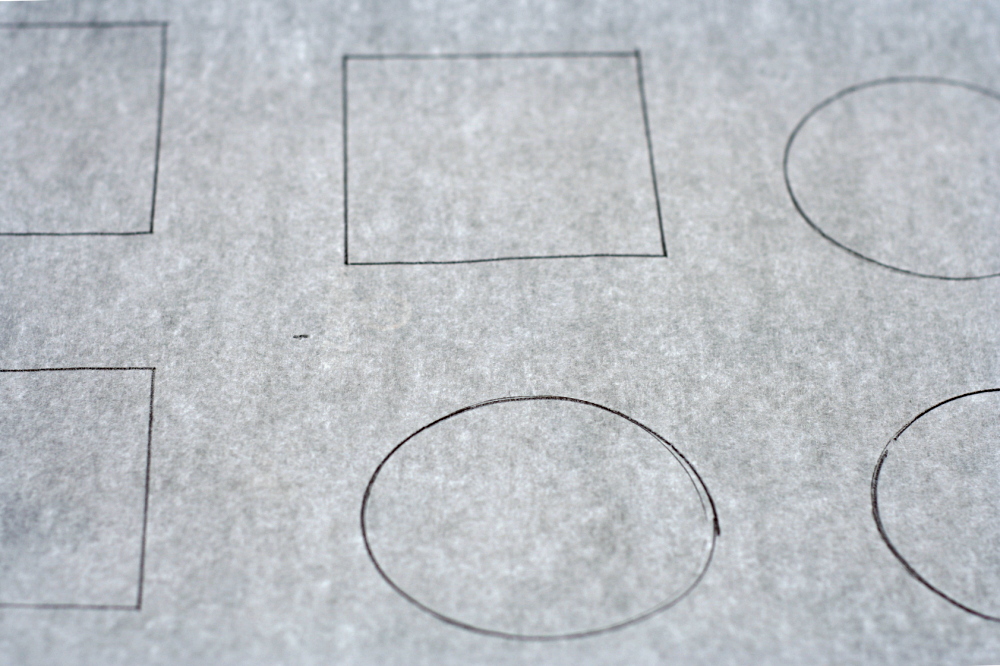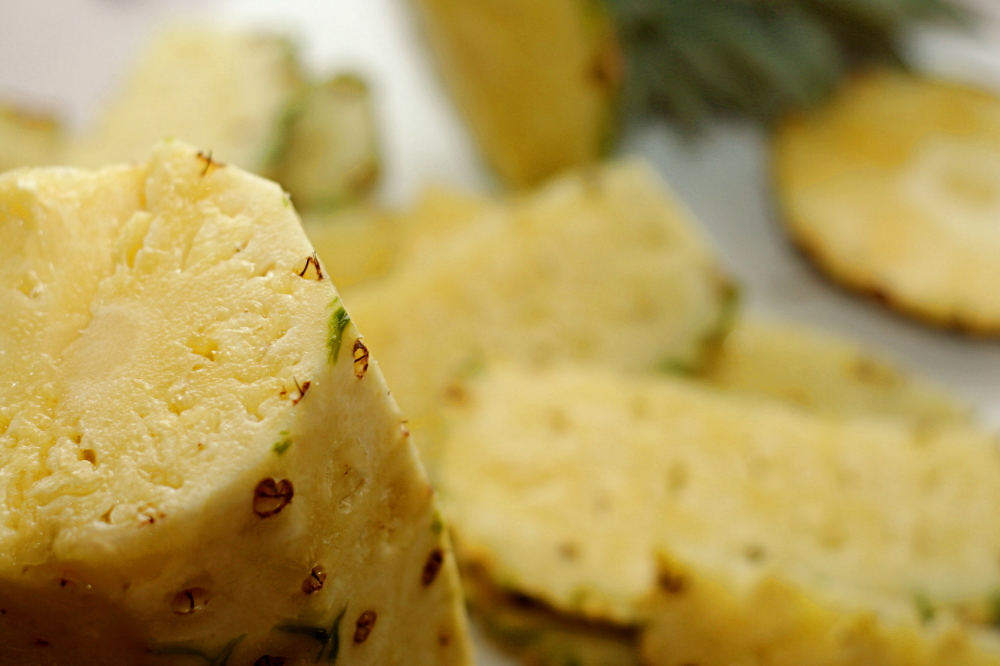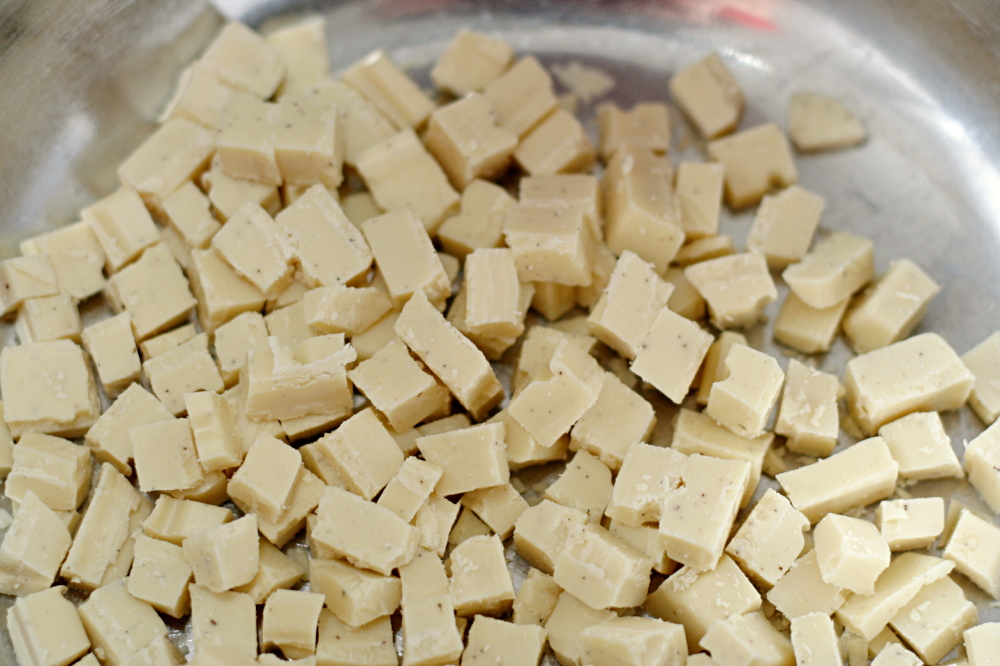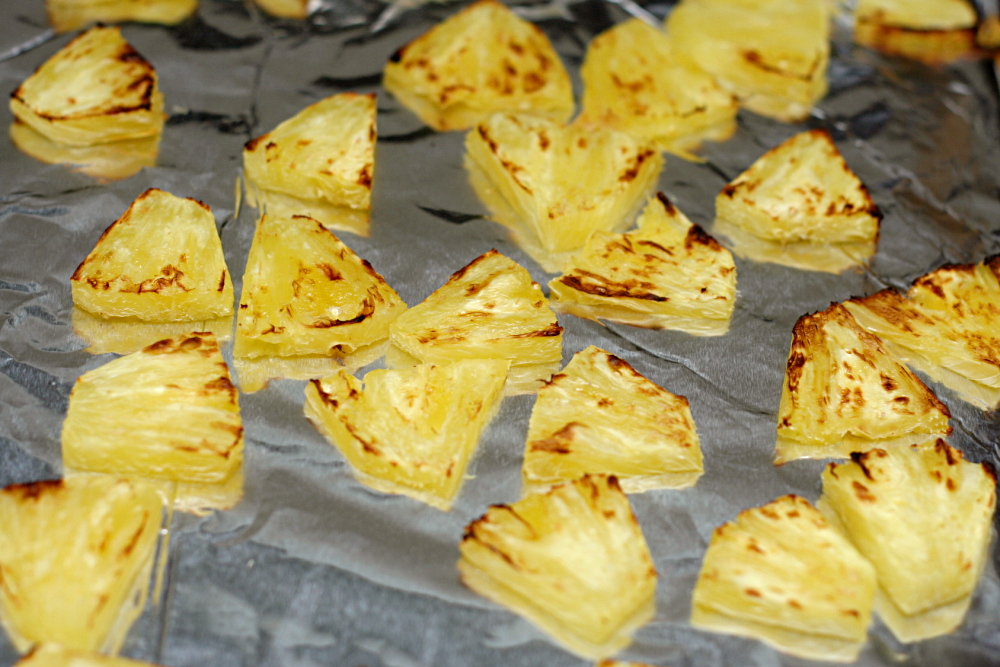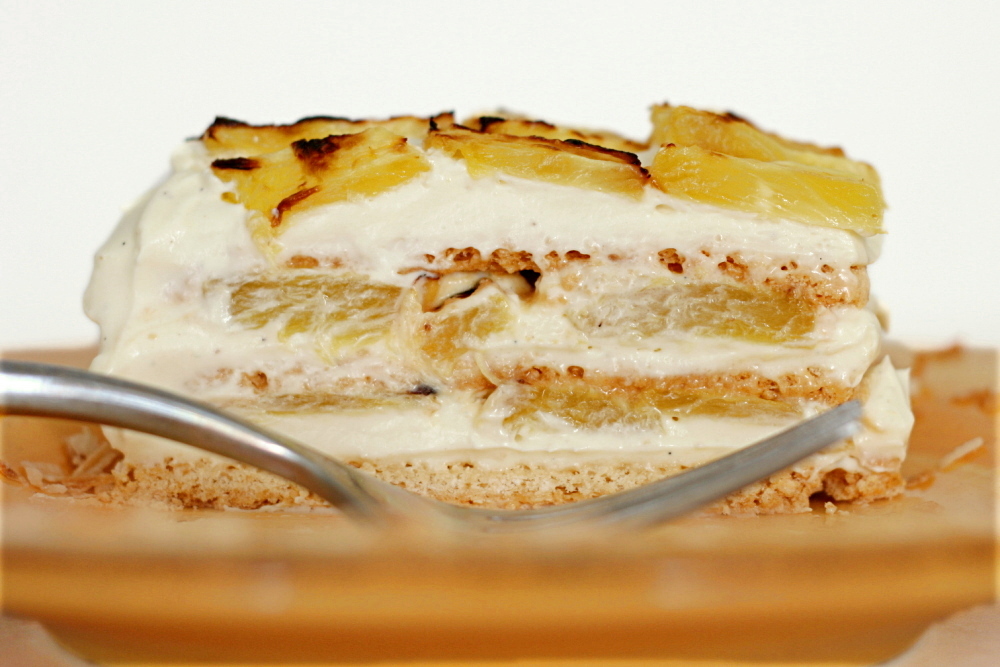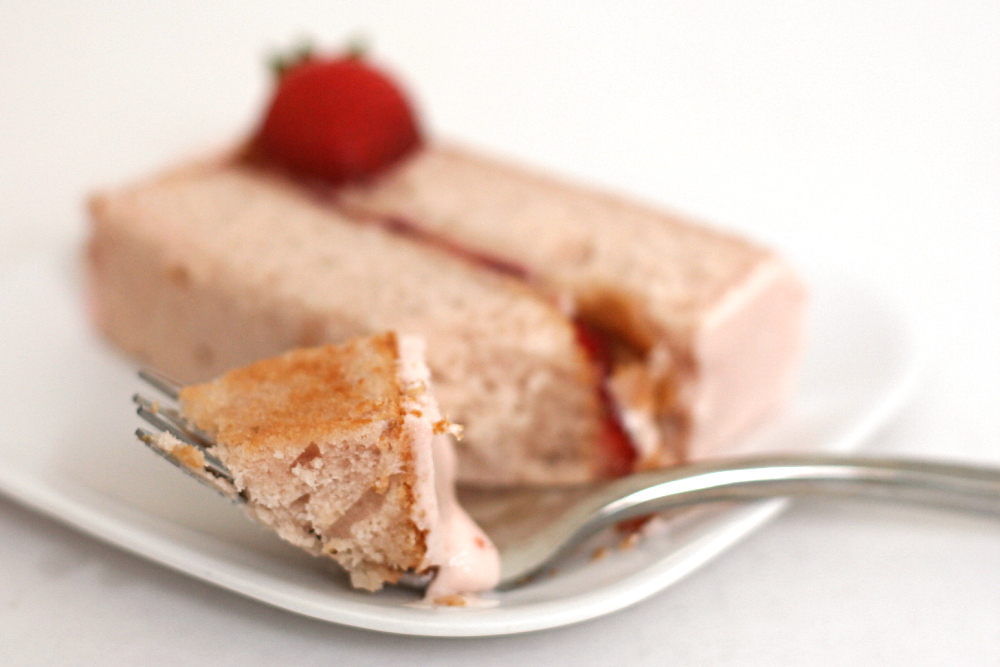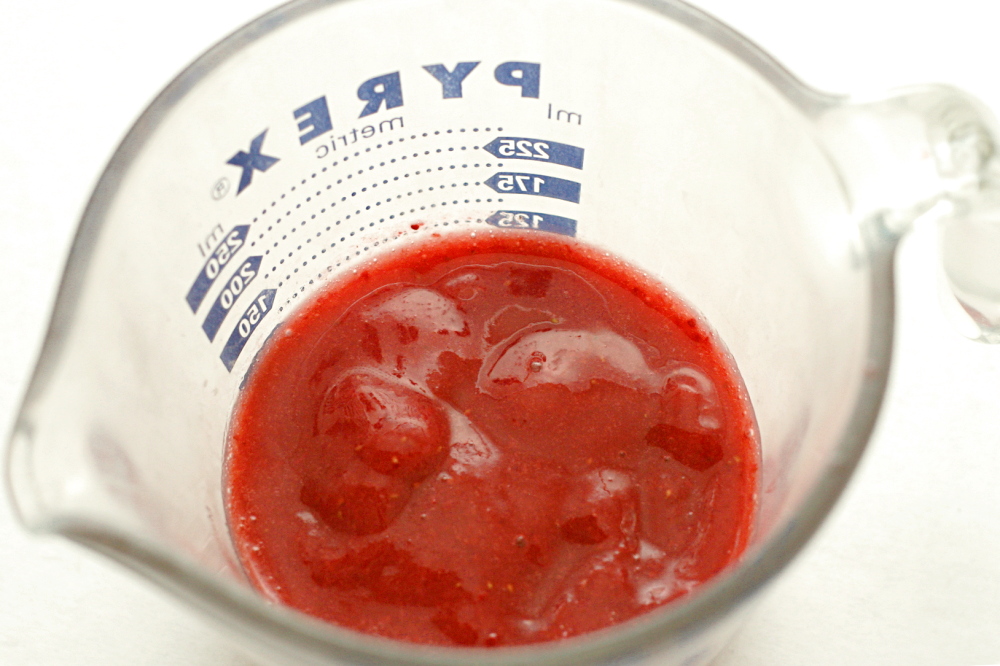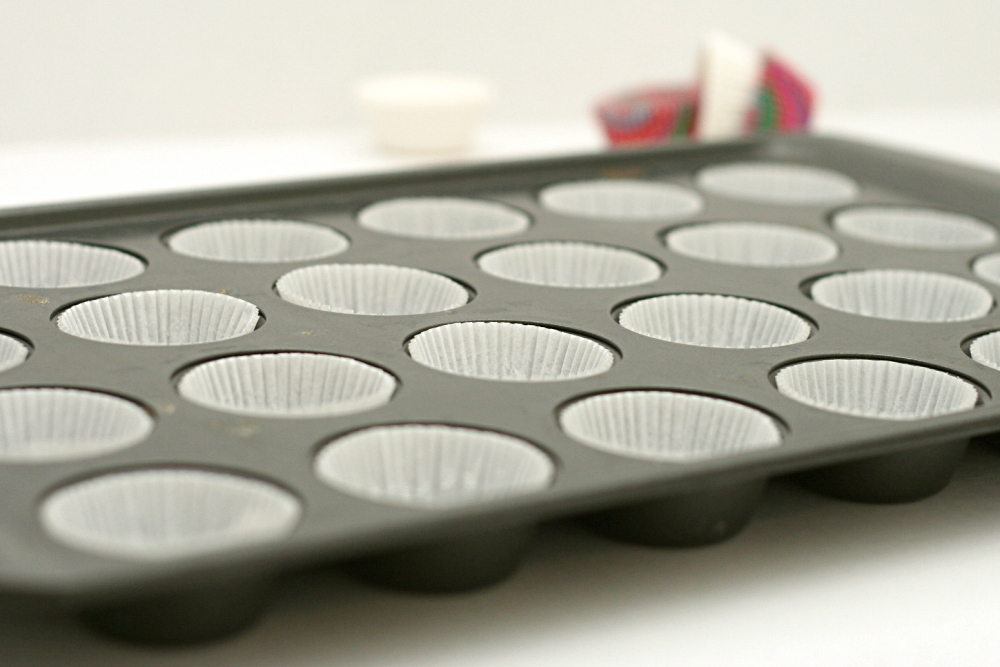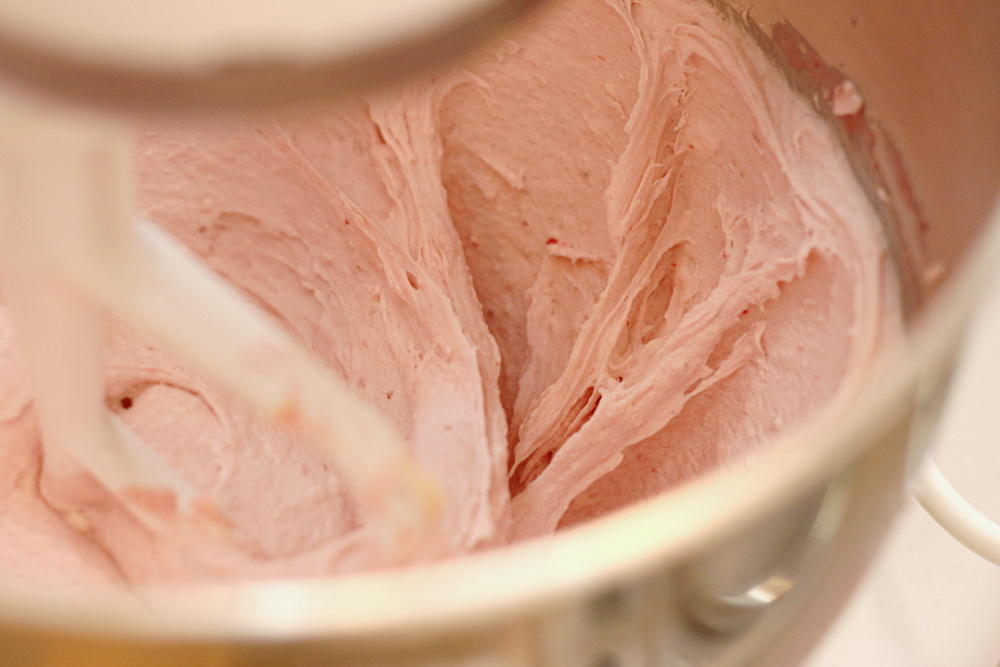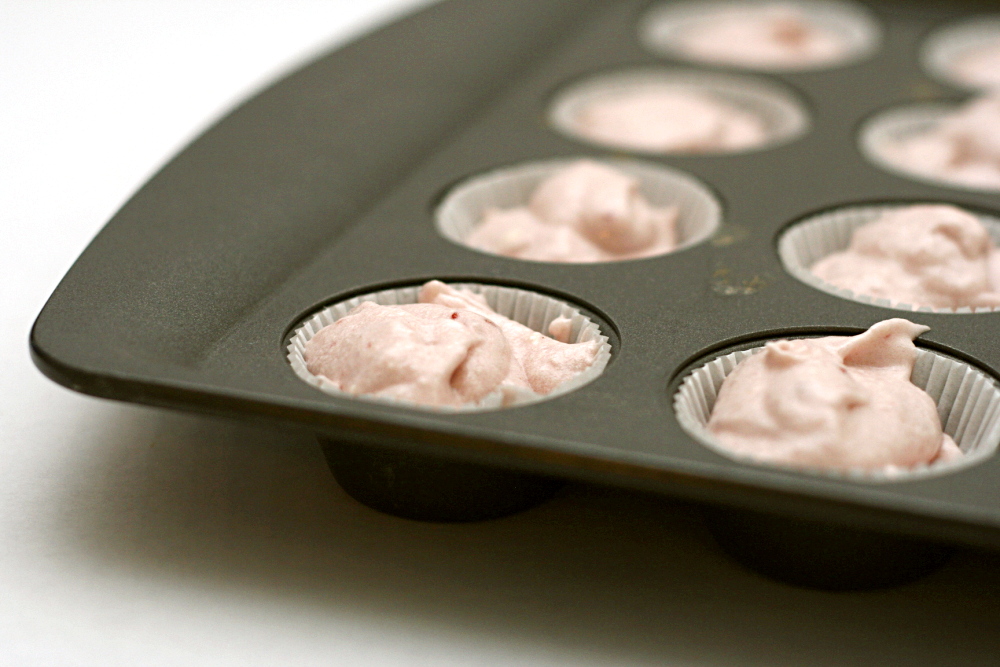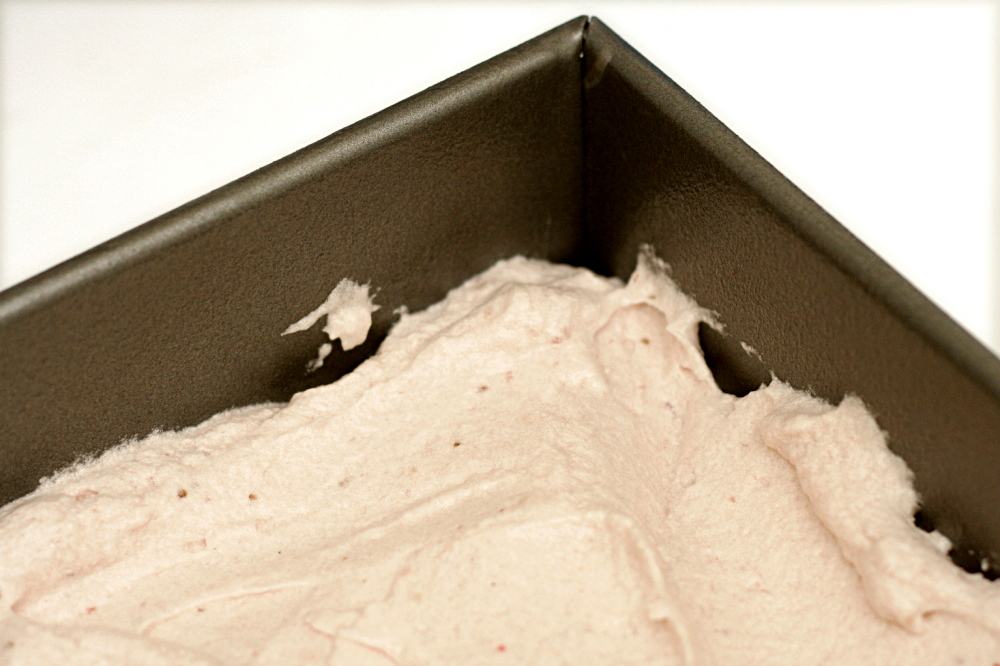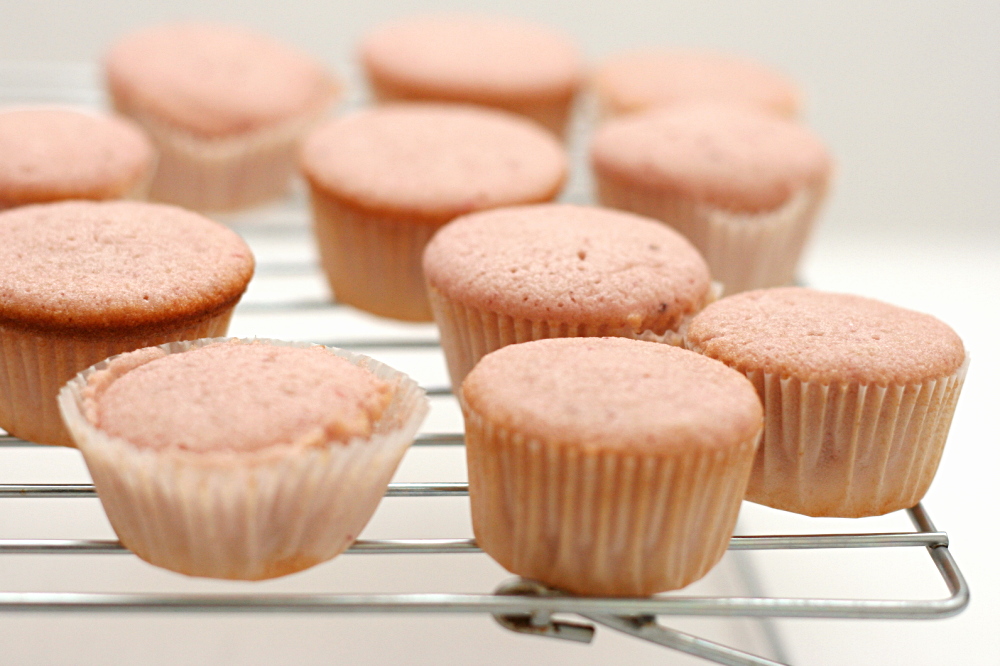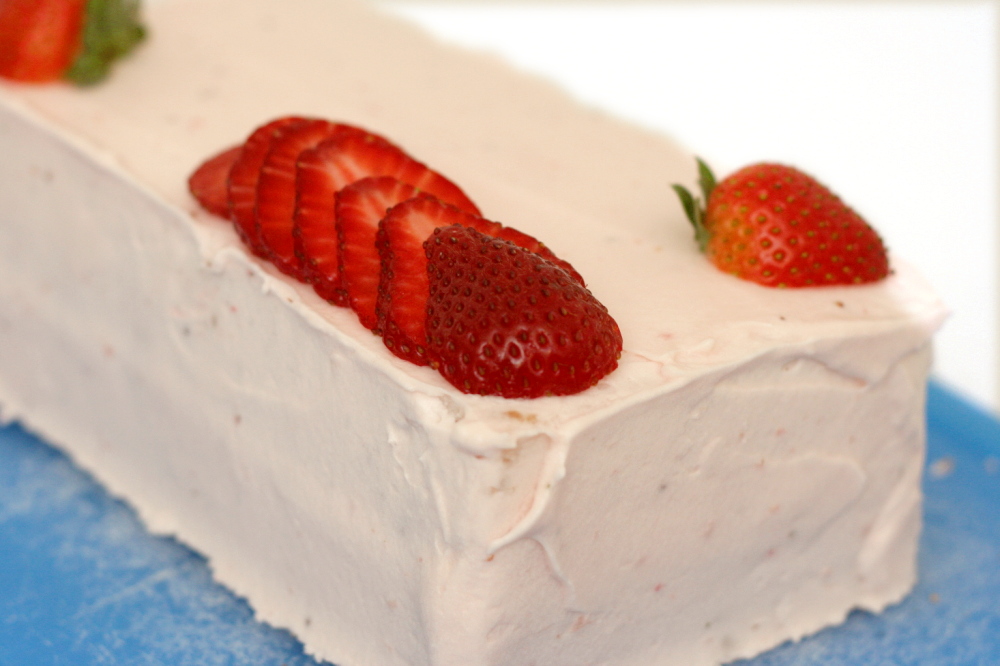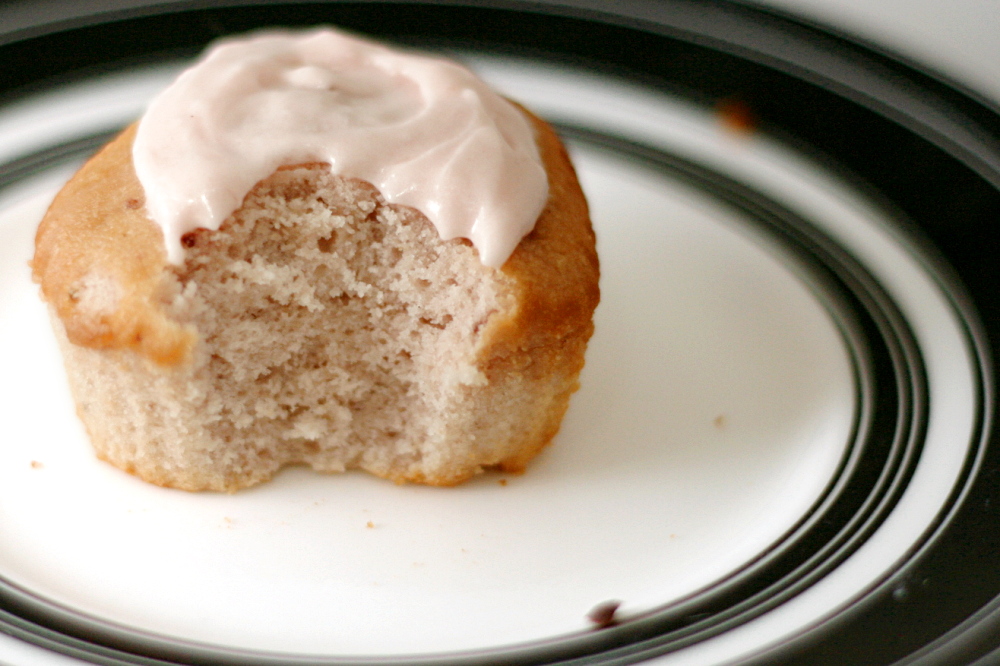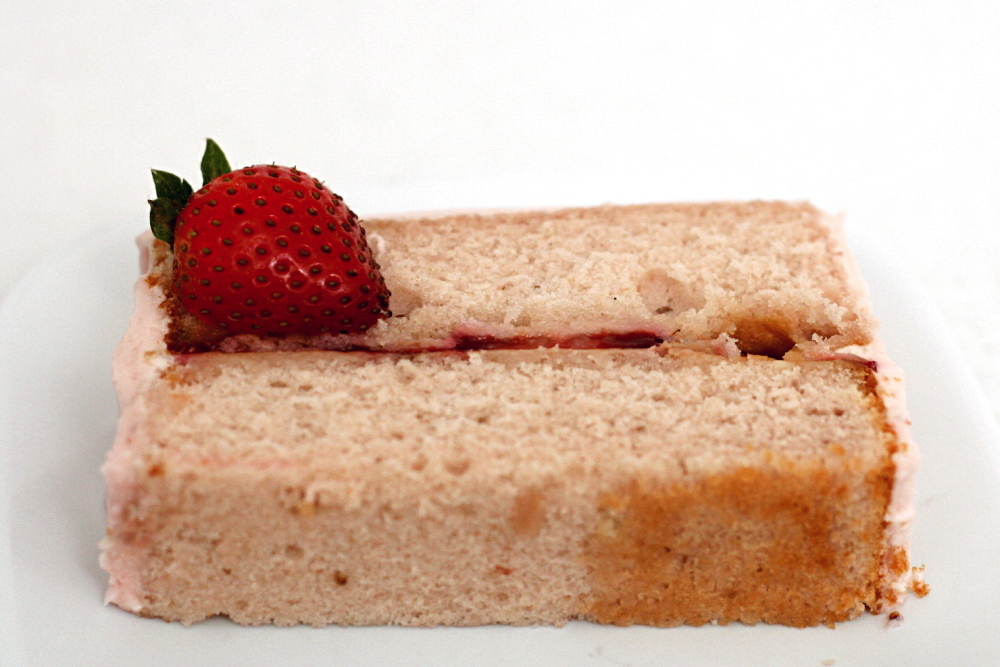You must make this cake.
I try not to say that. I know everyone has their own preferences. Not everyone likes to bake. There is no shortage of apple cake recipes. But –
You must make this cake.
It’s the essence of fall, all in one small unassuming square of cake. It will make your house smell warm and cozy while you bake. The flavor is spot-on apple, and yet there are no chunks of fruit to break up the smooth cake. The texture is soft and moist, with just the thinnest crisp sugar coating on top.
Of course, this perfection comes at a price.
The fantastic smell of fall permeating your kitchen comes from reducing apple cider, which takes some time. Getting the chunk-free texture I appreciate so much requires a quick whiz in the food processor, dirtying several large dishwasher-hogging dishes.
But, oh, it’s worth it. It’s worth it. Really, while the cider is reducing and hydrating the dried apples, you can prepare the baking pan, measure the rest of the ingredients, and clean up after yourself as you go. Then don’t bother waiting for the hot rehydrated apples to come to room temperature like the recipe hopes you will – mix them with cold-from-the-fridge applesauce and puree them together in the food processor. From that point, the recipe is a simple quick bread, mixing the wet ingredients, then stirring in the dry ingredients and baking.
From getting out ingredients to putting the cake in the oven really took maybe 45 minutes. From cutting the cake to eating the cake – darn blog requiring pictures! – took maybe 10 minutes, and it was the longest 10 minutes of my day.
You must make this cake. Seriously.
Printer Friendly Recipe
Applesauce Snack Cake (from Cooks Illustrated)
Makes one 8-inch square cake
I never do Cooks Illustrated’s trick of lining the pan with parchment or foil; it just seems really wasteful to me, and this cake came out of the pan with no problem.
Start the cider and apples simmering before you do anything else. It seems to take longer than 15 minutes for me, so you may want to bump the heat up to just higher than medium (or use a wide pot). And like I said above, I see no reason to wait for the cider mixture to cool and the applesauce (assuming that it’s cold) to warm to room temperature, when you can just combine them and move on with the recipe.
¾ cup (2 ounces), dried apples, cut into ½-inch pieces
1 cup apple cider
1½ cups (7½ ounces) unbleached all-purpose flour
1 teaspoon baking soda
⅔ cup (4¾ ounces) sugar
½ teaspoon ground cinnamon
¼ teaspoon fresh ground nutmeg
⅛ teaspoon ground cloves
1 cup unsweetened applesauce, room temperature
1 large egg, room temperature, lightly beaten
½ teaspoon table salt
8 tablespoons (1 stick) unsalted butter, melted and cooled slightly
1 teaspoon vanilla extract
1. Adjust oven rack to middle position; hear oven to 325 degrees. Cut 16-inch length parchment paper or aluminum foil and fold lengthwise to 7-inch width. Spray 8-inch square baking dish with nonstick spray and fit parchment into dish, pushing it into corners and up sides; allow excess to overhang edges of dish.
2. Bring dried apples and cider to simmer in small saucepan over medium heat; cook until liquid evaporates and mixture appears dry, about 15 minutes. Cool to room temperature.
3. Meanwhile, whisk flour and baking soda in medium bowl to combine; set aside. In second medium bowl, whisk sugar, cinnamon, nutmeg, and cloves. Measure 2 tablespoons sugar-spice mixture into small bowl and set aside for topping.
4. In food processor, process cooled dried-apple mixture and applesauce until smooth, 20 to 30 seconds, scraping sides of bowl as needed; set aside. Whisk egg and salt in large bowl to combine. Add sugar-spice mixture and whisk continuously until well combined and light colored, about 20 seconds. Add butter in three additions, whisking after each. Add applesauce mixture and vanilla and whisk to combine. Add flour mixture to wet ingredients; using rubber spatula, fold gently until just combined and even moistened.
5. Turn batter into prepared pan, smoothing top with rubber spatula. Sprinkle reserved 2 tablespoons sugar-spice mixture evenly over batter. Bake until wooden skewer inserted in center of cake comes out clean, 35 to 40 minutes. Cool on wire rack to room temperature, about 2 hours. Run knife along cake edges without parchment to release. Remove cake pan by lifting parchment overhand and transfer to cutting board. Cut cake and serve.
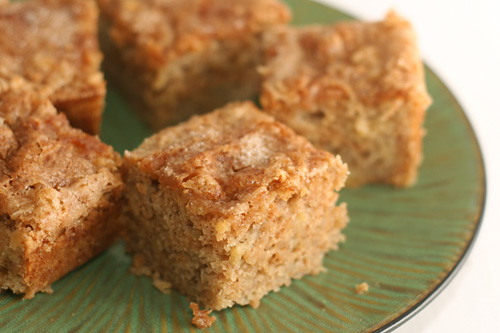
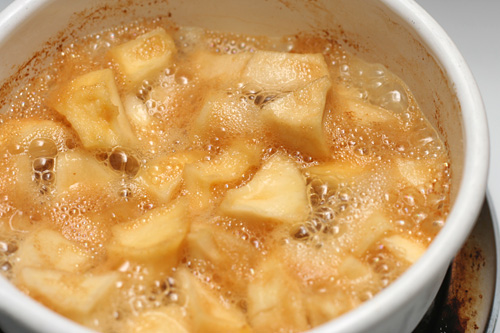
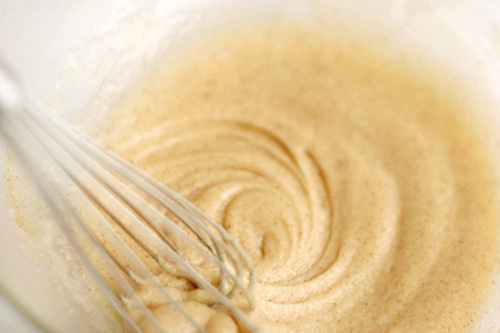

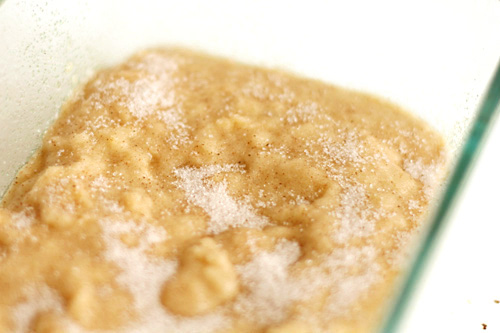

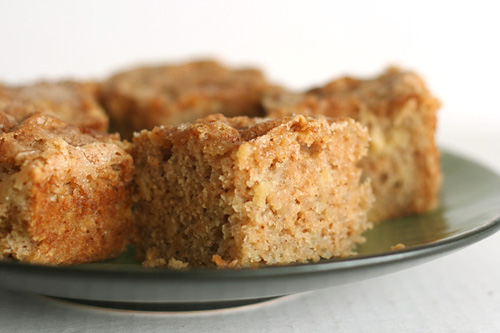
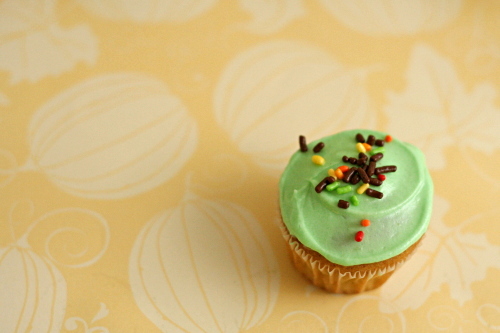
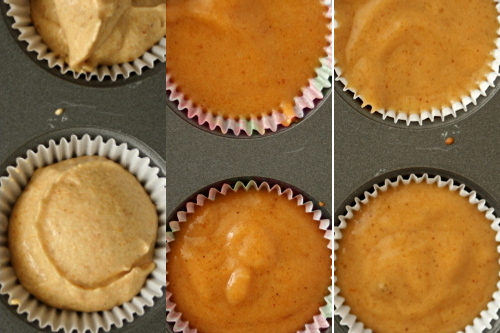

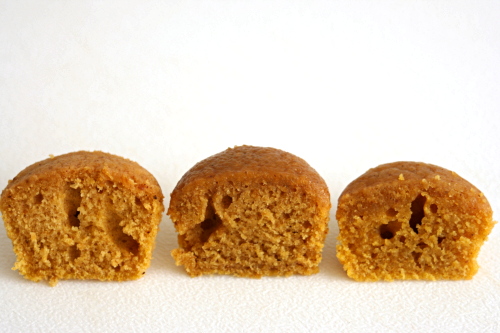
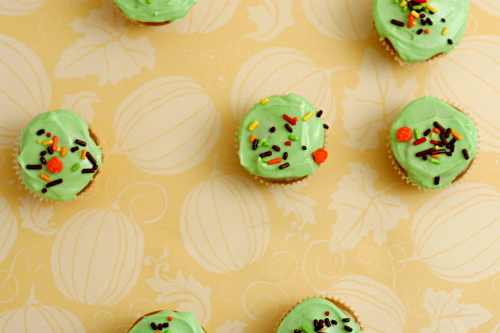
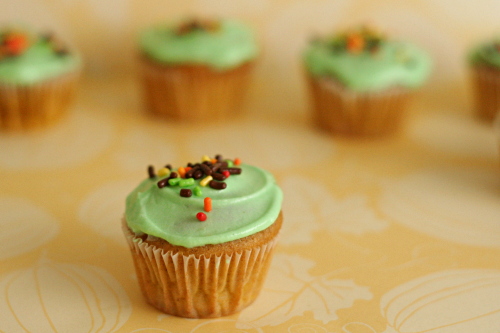
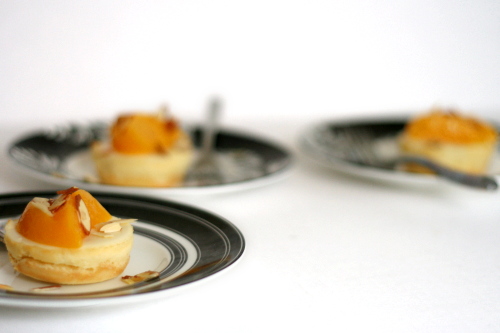
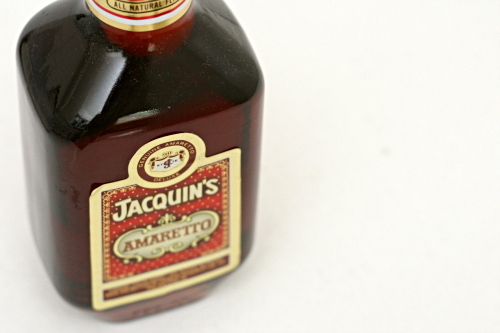
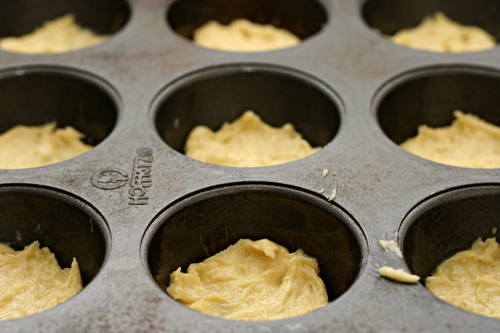
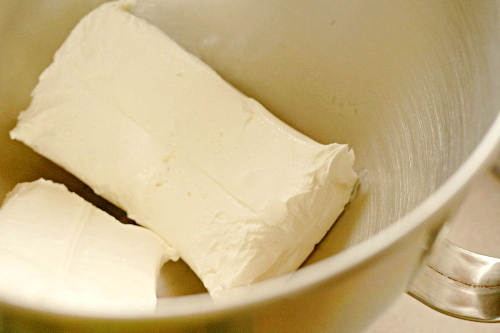
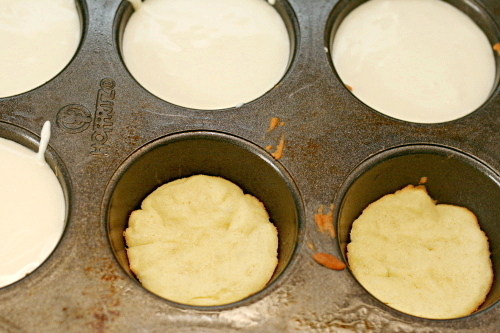
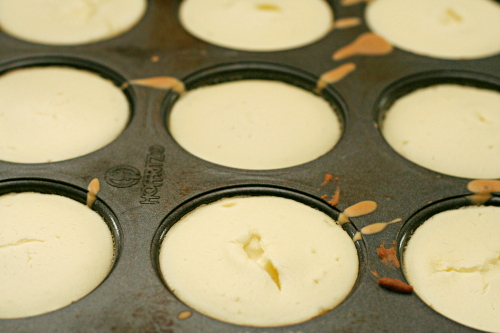
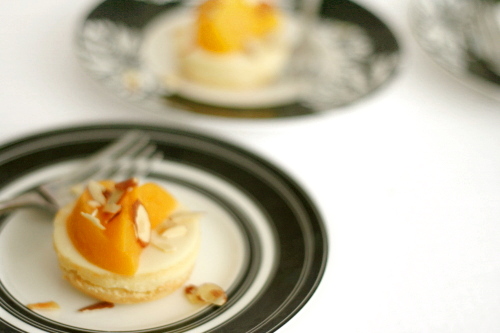
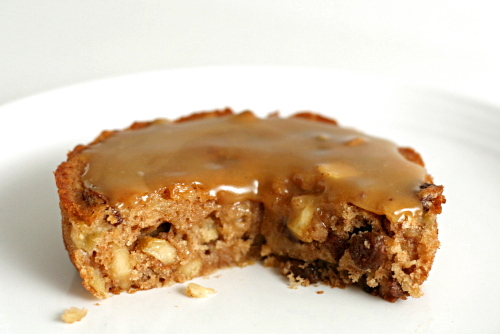
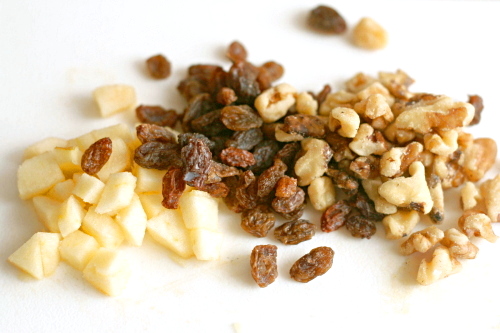
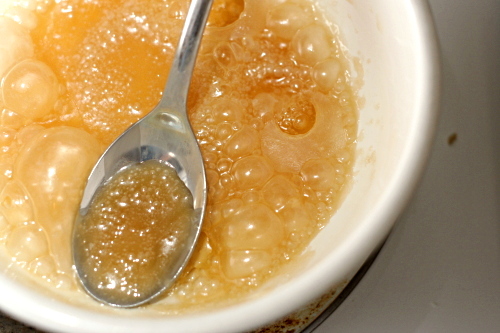
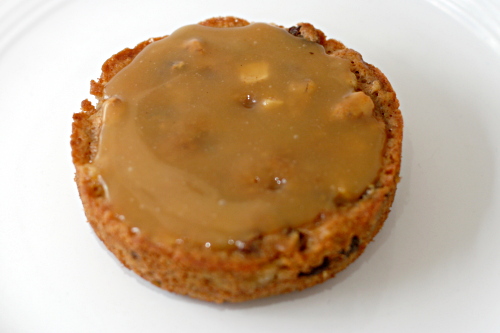
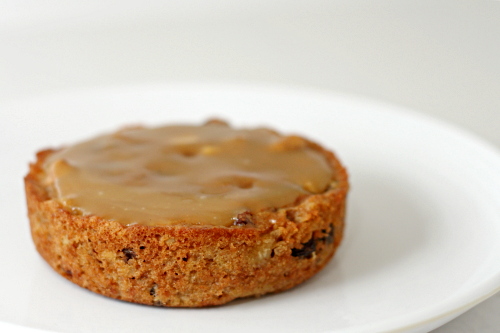
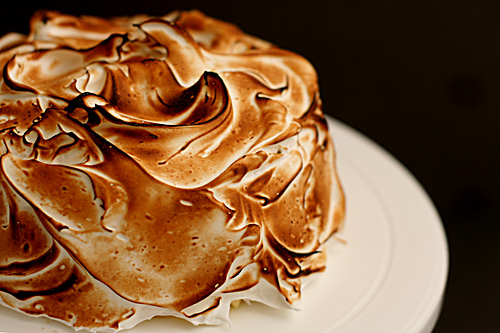
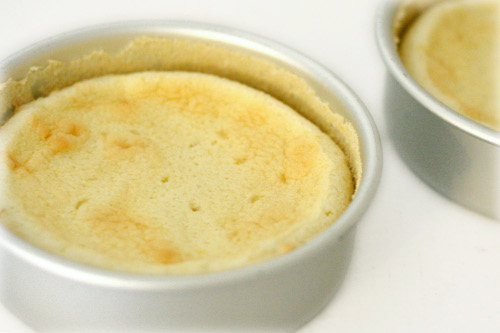
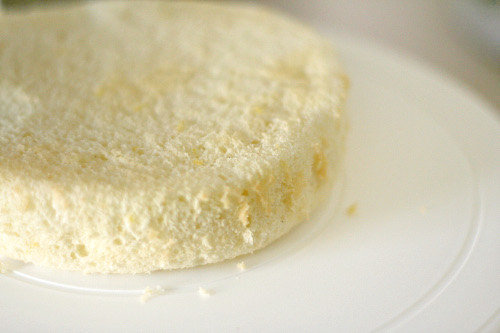
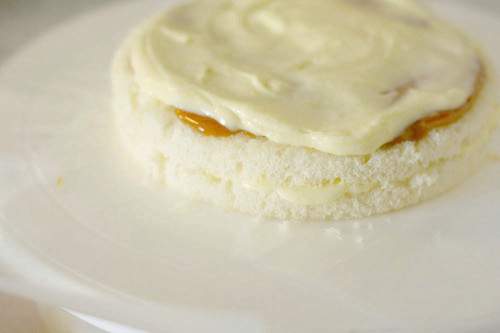
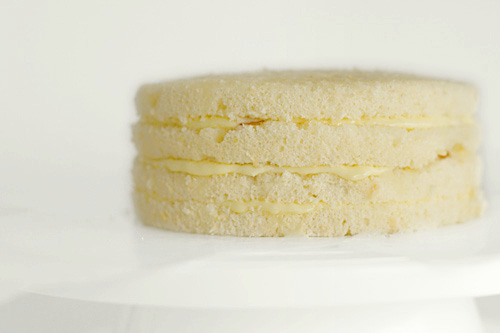
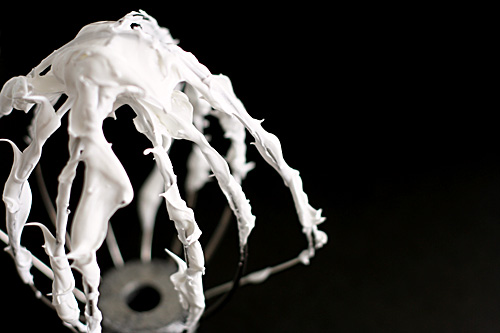
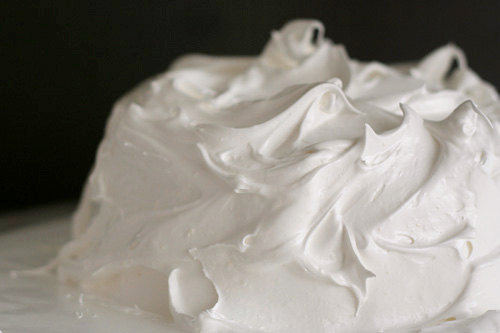
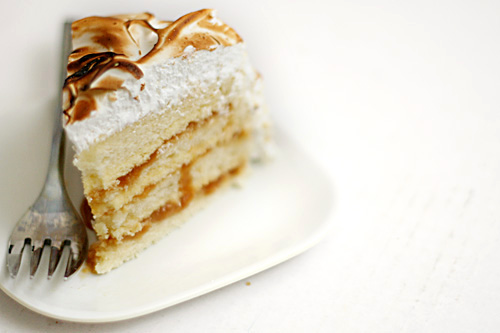
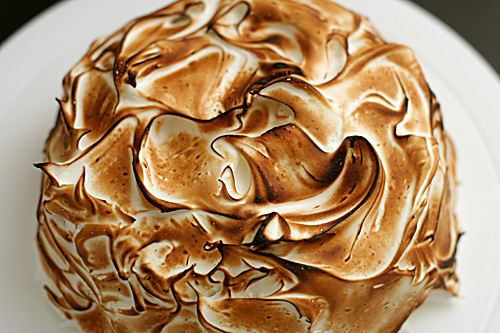
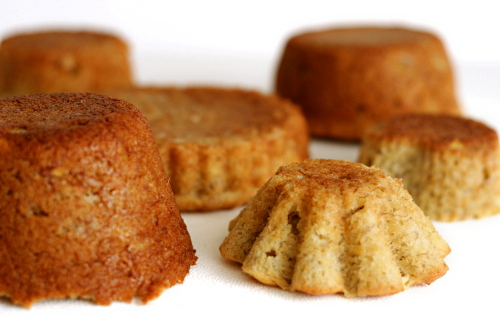
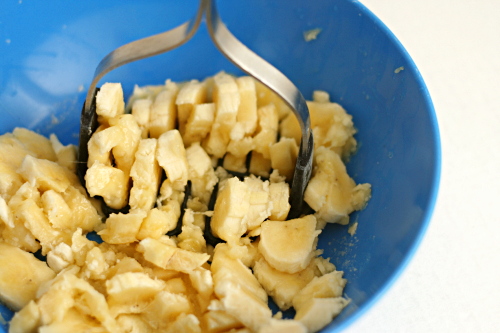
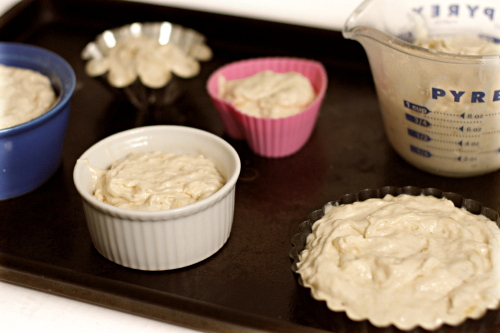
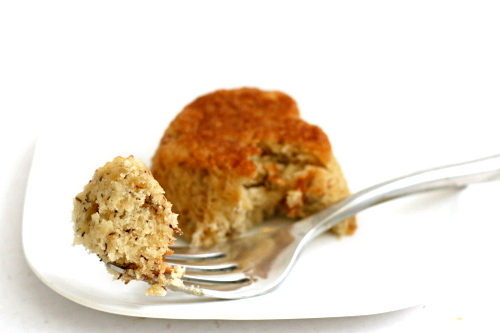
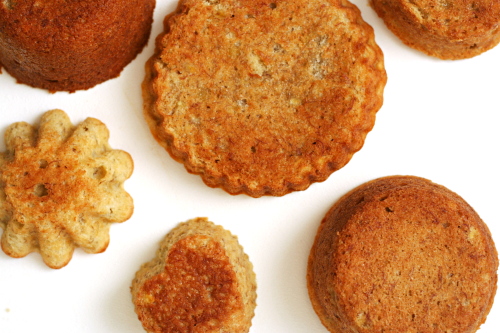
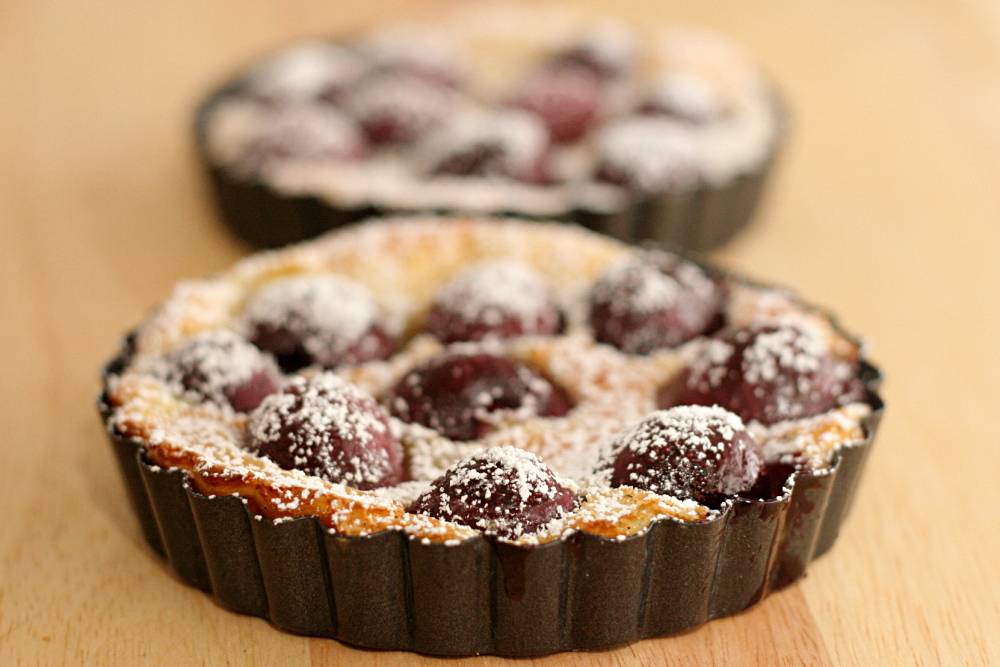
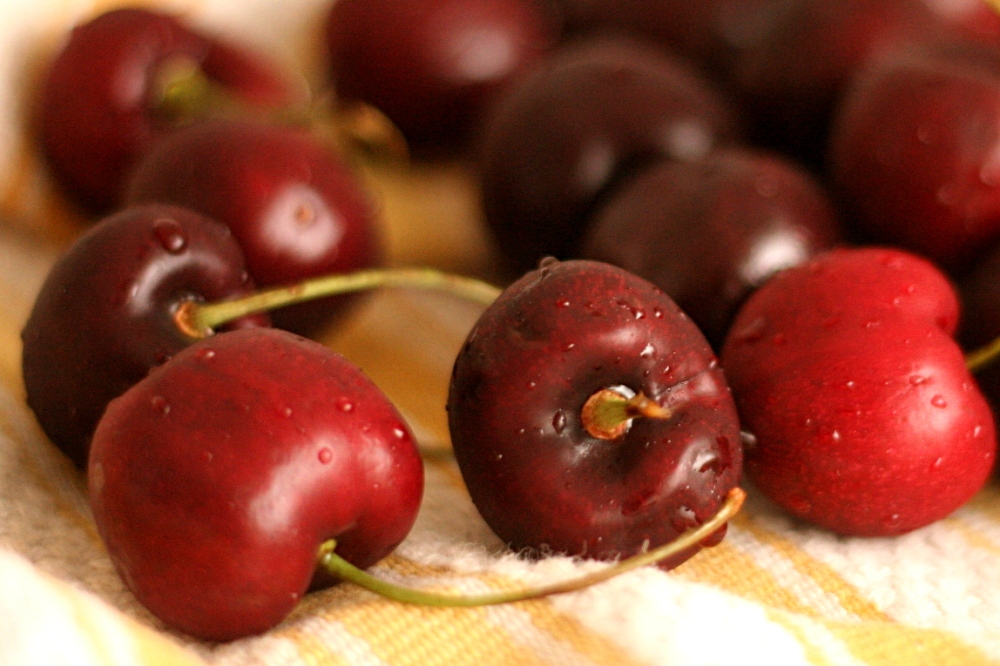
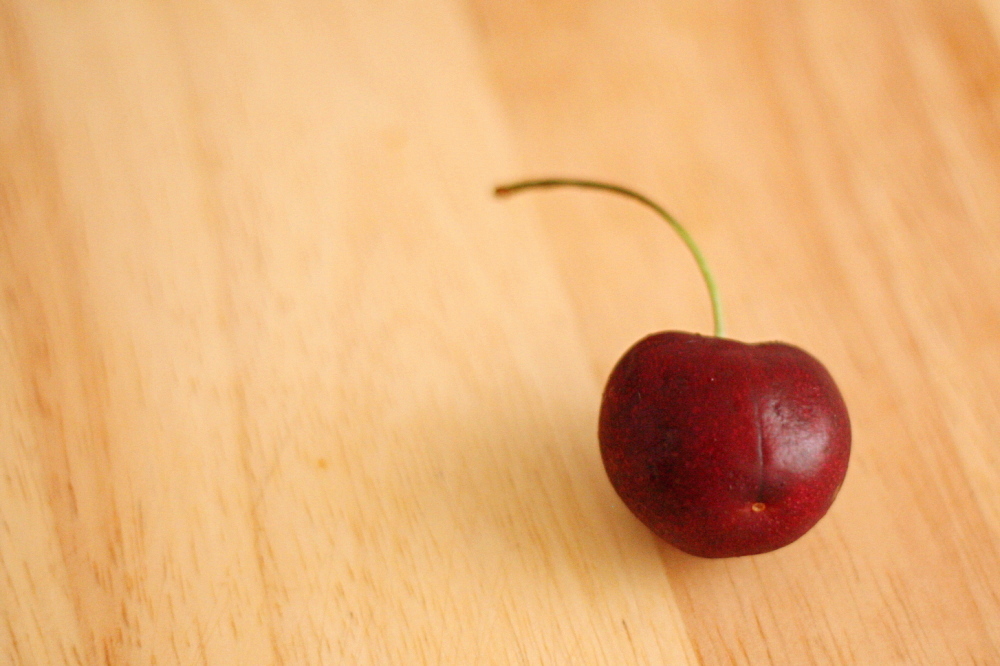
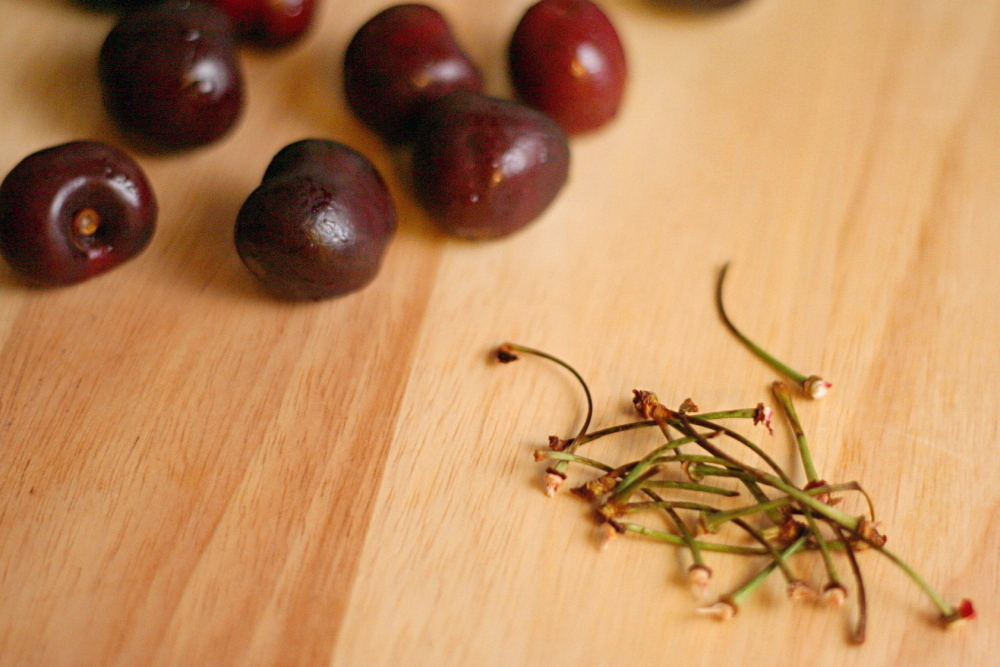

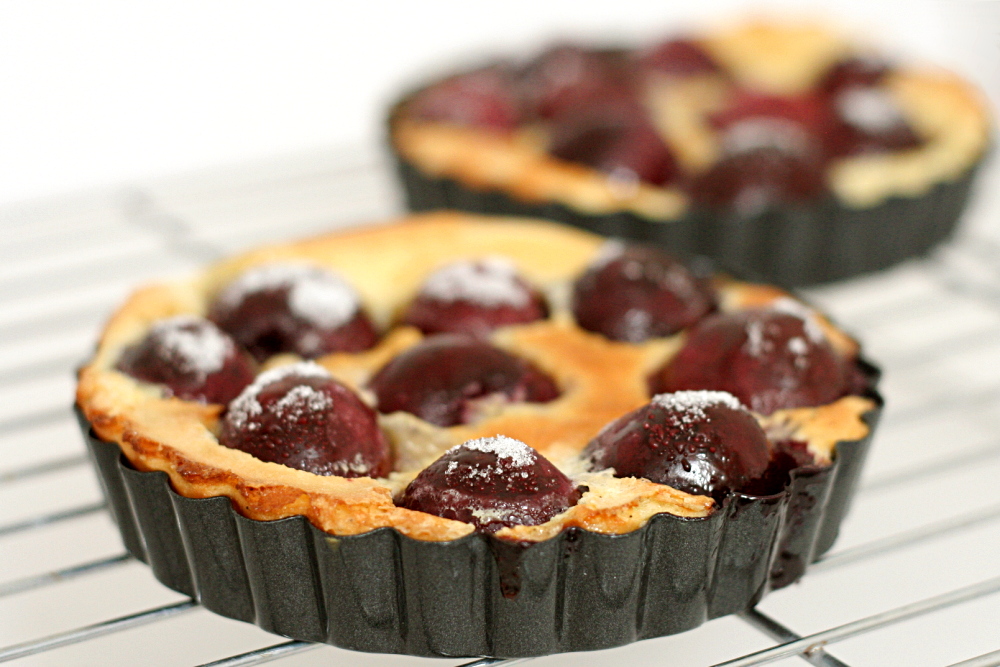
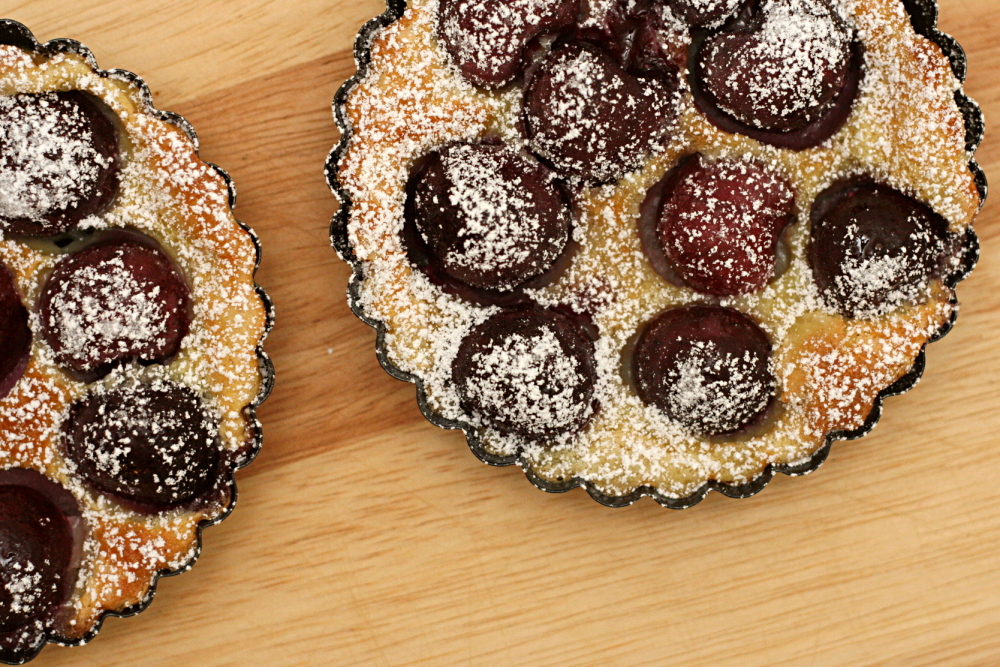
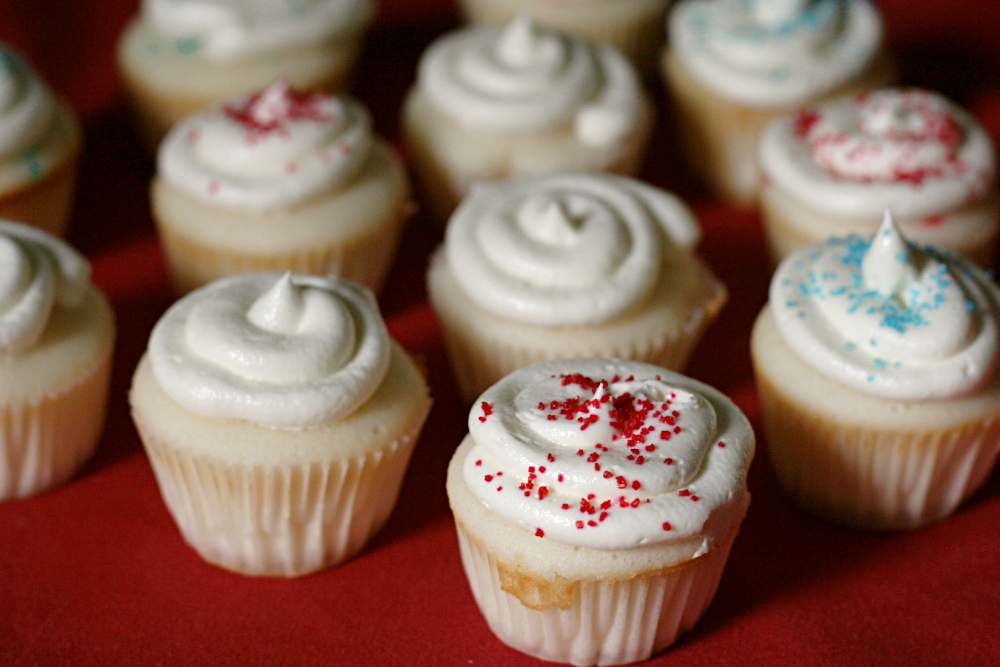
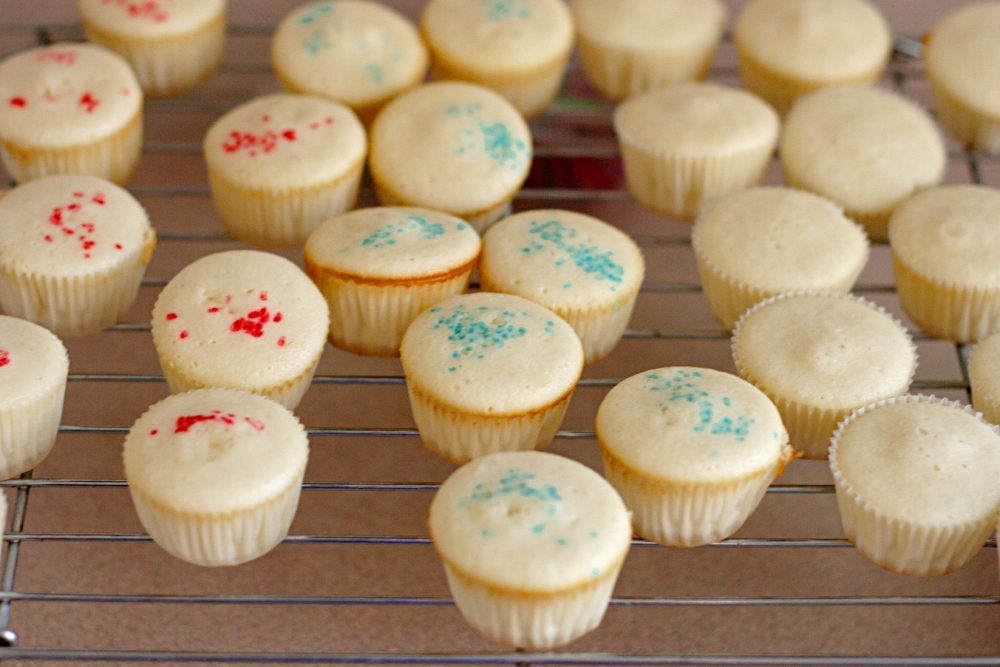
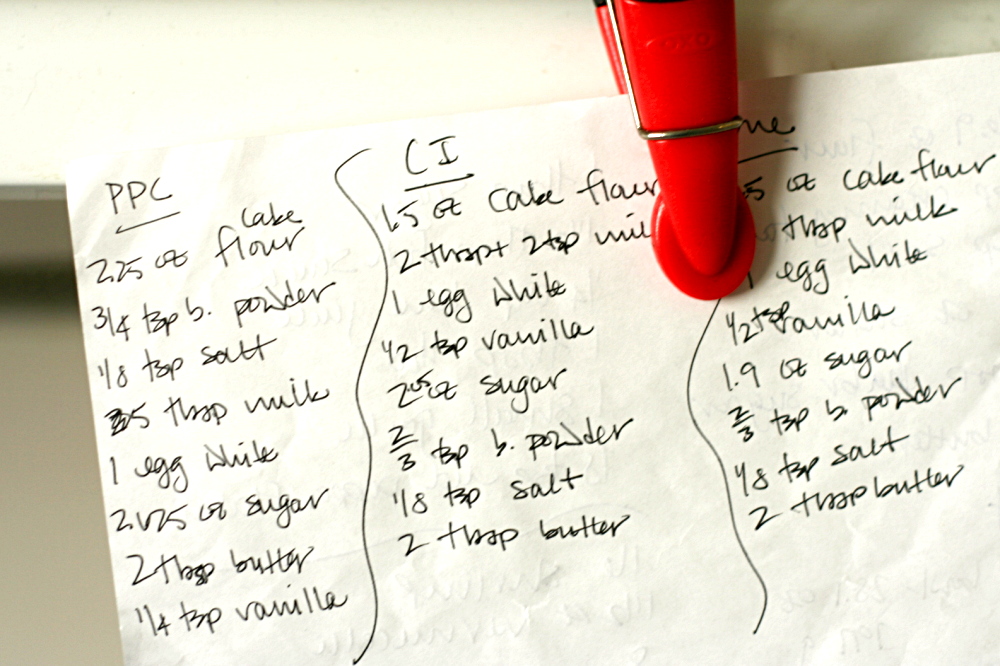
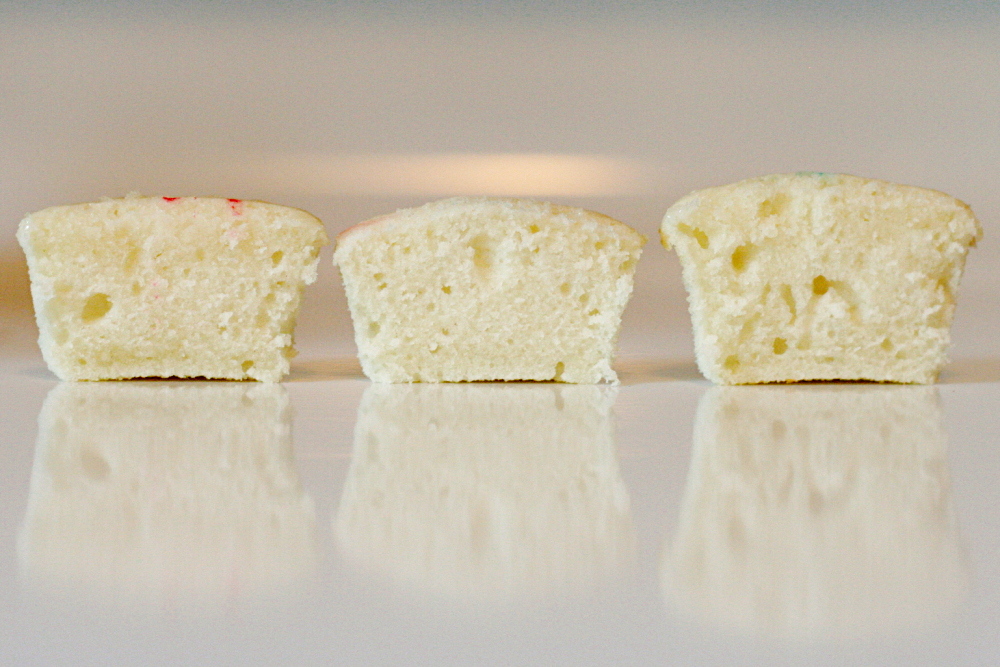 left – my recipe; middle – Dorie’s; right – CI’s
left – my recipe; middle – Dorie’s; right – CI’s